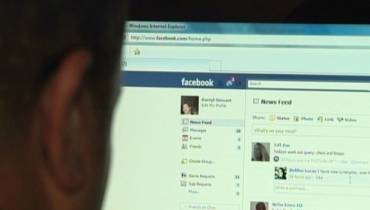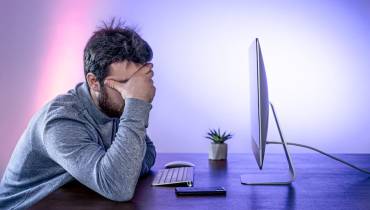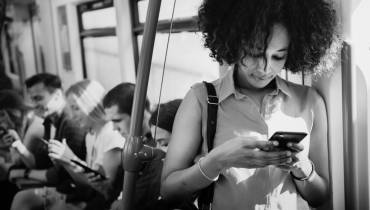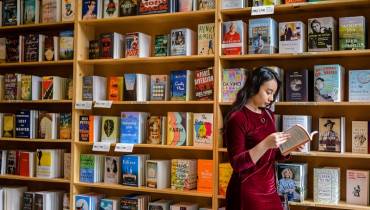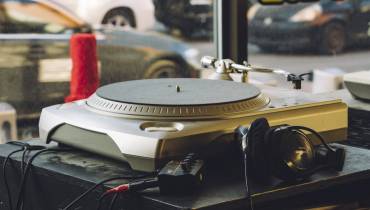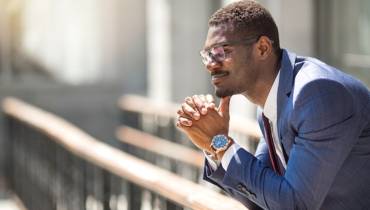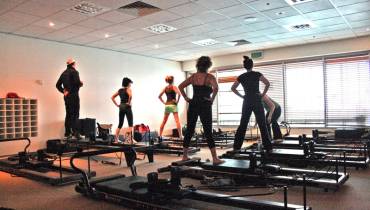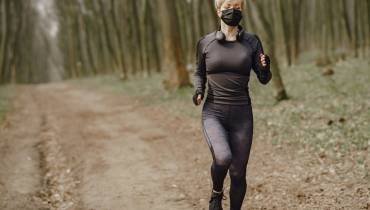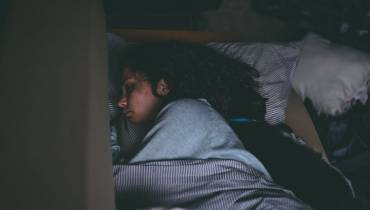States with the Fastest Recovery for Weekly Unemployment Claims
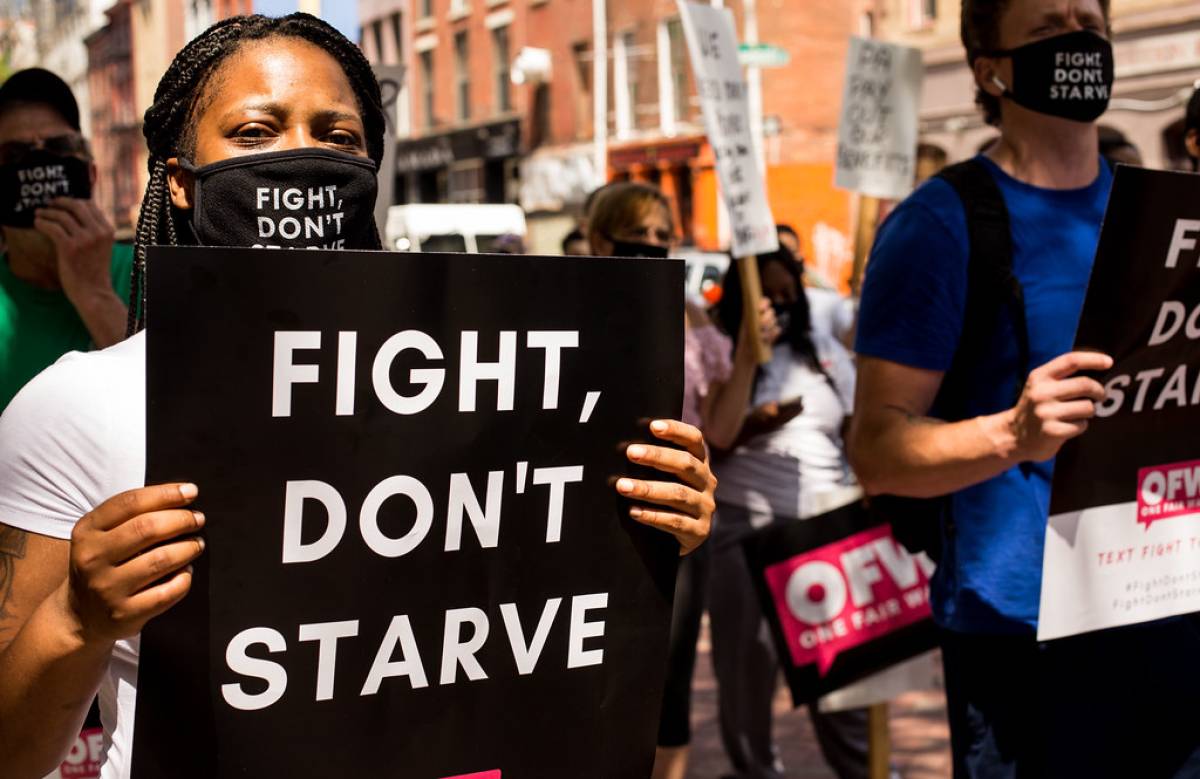
U.S. tipped and service workers who have disproportionately lost their jobs due to the COVID-19 pandemic protest to demand a safe and just return to work. Photo: Joe Piette/Flickr
With COVID-19’s continued grip on the U.S., for unemployed millions the situation is getting dire as savings deplete and Federal unemployment aid run out.
New unemployment claims increased slightly week-over-week on October 5, but were still 87% below the peak during the COVID-19 pandemic.
To help add some context to these statistics, personal finance website WalletHub released rankings for the States Whose Weekly Unemployment Claims Are Recovering the Quickest.
WalletHub compared the 50 states and the District of Columbia across three metrics based on changes in unemployment claims to identify which states’ workforces are experiencing the quickest recovery from COVID-19.
Below, you can see highlights from the report:
Most Recovered Last Week
Least Recovered Last Week
1. Oregon
42. Alaska
2. Vermont
43. North Carolina
3. West Virginia
44. California
4. Pennsylvania
45. Louisiana
5. Connecticut
46. Massachusetts
6. Michigan
47. Georgia
7. Wyoming
48. New Mexico
8. South Carolina
49. Florida
9. Oklahoma
50. Indiana
10. Iowa
51. Kansas
Experts Insights on US COVID-19 Recovery
There are currently 12.6 million Americans unemployed due to the COVID-19 pandemic in total, as of this writing. To help guide Americans in this time of crisis, WalletHub turned to a panel of experts to provide some additional insight.
Here’s a Q&A with Jill Gonzalez, WalletHub analyst:
How will Halloween impact unemployment?
“Halloween should have a positive impact on unemployment, since it will drive consumers to spend money on food, candy, costumes and decorations to celebrate. This will boost business revenue and likely lead to more hiring,” said Jill.
“Naturally, there will be less spending this year due to the COVID-19 pandemic. The National Retail Federation projects that consumers will still spend $8.05 billion, compared to $8.78 billion in 2019, though, which is a smaller reduction than one might expect.”
What are the best ways to reduce unemployment right now considering there might not be more stimulus money until after the election?
“In order to reduce unemployment as quickly as possible without new stimulus money, local governments need to step up their efforts to ensure health while opening up the economy.
We need aggressive safety measures, which means, for example, that masks should be mandatory for everyone in public, and restaurants should be allowed to use as much outdoor space as possible to avoid having crowded conditions inside.
We need to provide teachers with all the PPP that they need so that parents have the ability to make the right choice for their families. Perhaps most importantly, we need widespread rapid testing that prevents infected people from entering fully reopened public spaces.”
If a coronavirus vaccine is distributed before the end of the year, how could that impact unemployment?
“If a coronavirus vaccine becomes available before the end of the year, that’s great news for unemployment. If most people are vaccinated against COVID-19, the transmission risk will be minimized and we will finally be able to achieve a full reopening. Business revenue will increase, and as a result, businesses will have a greater ability to hire.
Even though it would be great to have a vaccine this year, it’s important to make sure that clinical trials are not rushed so that the final product has the best efficacy possible. We may also face an uphill battle getting people vaccinated, as recent surveys suggest as much as a third of the population would refuse the vaccine.”
Are Americans more concerned about unemployment or about COVID-19?.
“Around 35 percent of Americans say COVID-19 is the biggest problem facing the U.S., compared to 3 percent who say unemployment, which shows that Americans are more focused on the pandemic.
It’s important to remember that COVID-19 is the ultimate source of our unemployment problems, as we had record low unemployment before the pandemic which jumped to a nearly historic high due to business closures.
The sooner we contain the pandemic, the sooner the employment market can recover.”
How do red states and blue states compare when it comes to recovery?
“With an average rank of 24 among the most recovered states, red states had a better recovery from unemployment claims last week than blue states, which rank 29 on average,” concluded Jill Gonzalez. “The lower the number of the ranking, the bigger the state’s recovery was.”








